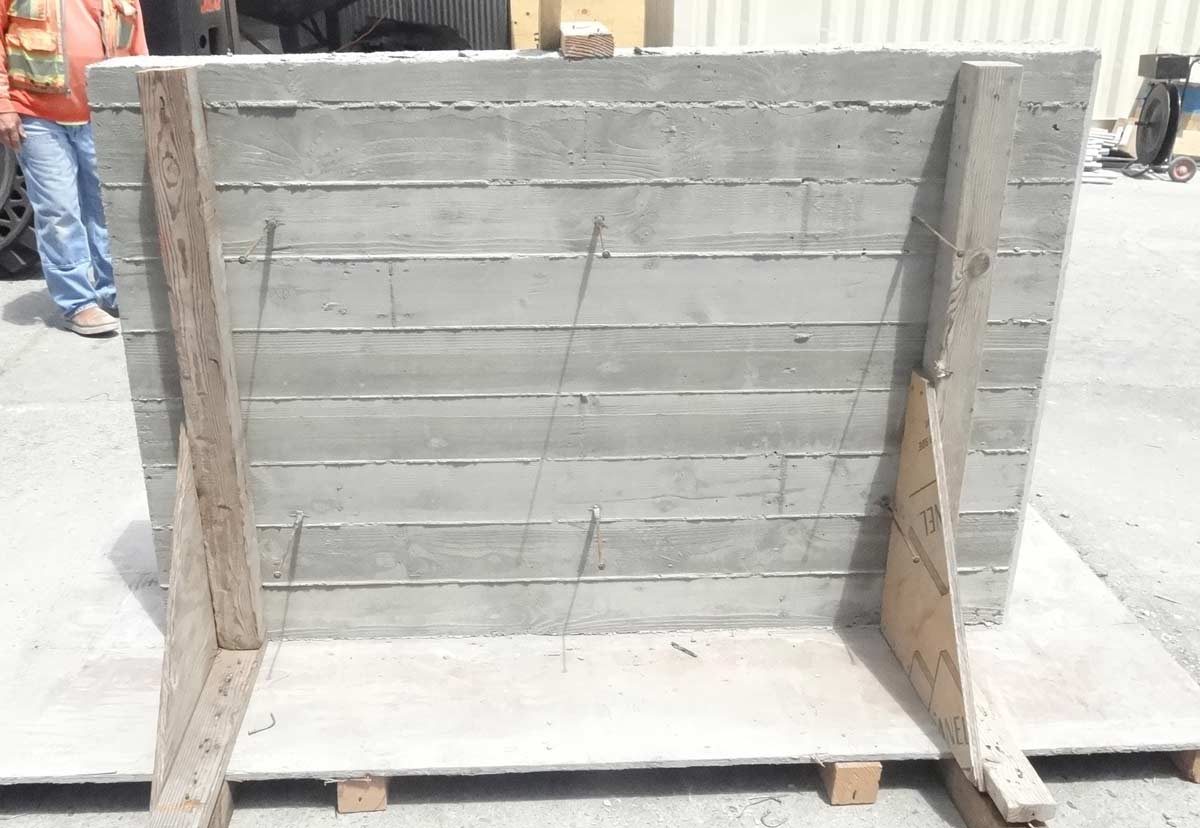Mockups are a critical, yet often undervalued tool in construction projects. Essentially serving as a dress rehearsal before installation begins. Mockups are an excellent communication tool where all vested parties can touch, review, and critique the intended path for construction. Additionally, they serve to identify and eliminate construction problems before they occur. JKA has witnessed the repercussions when mockups are overlooked or improperly utilized.
We have identified some best practices and advocate the systematic use of mockups on projects.
Format
A mockup is a full-scale replica of a building assembly or select materials, including selected products, installation methodology, and sequence. The goal is to uncover potential issues as early as possible. Mockups can be standalone assemblies or in-place installations. While digital 3D models and sequencing videos are impressive, they do not replace the value of a real material mockup. Subtleties such as material, color, texture, tolerances, adjacency, constructability, and limitations are valuable attributes of the mock-up process.
Attendance
Typically, the parties that participate and contribute to the mock-up process include the designers, owners, owner’s representative, fabricators, suppliers, and installers including the general contractor and related subcontractors. Contractors often send representatives to participate in the mockup process so that they can properly supervise and coordinate a learning opportunity for the installation crew(s).
Preparation
The first step of a mockup is for the owner and design team to specify what products and assemblies require a mockup. This can be noted in plan details or in the written specifications. Architects may also dedicate sheets in their plan sets to detailing requirements for mockups.
Architect defined mockup requirements in plan set.
The Contractor should create a Mockup Log – listing all mockups, locations, dates, attendance and sign off. Best practice dictates that all planned mock-ups should be incorporated in the construction schedule, with sufficient time to allow for adjustments and procurement after the mock-up has been approved.
The Mockup
All products, such as flashing tape, hardware, fabricated assemblies, manufactured products, fasteners, liquid applied materials, etc., should be clearly identified and recorded. Ideally, the mockup is prepared in a way that shows each of the component parts of the assembly. This allows the observer to note the sequence and relationship of the assembly.
In the mockup below, the architect specified fastening locations for the metal sill pan flashing. The contractor prepared multiple options for review and approval. The architect was able to examine and confirm that the installation met the design intent.
Window Flashing Mock-Up.
Mockups find the Blind Spots
JKA recently provided consulting services for a project in which a pivotal mock-up was eliminated as a cost saving measure. The subject exterior assembly occurred over 150 times on the building. The assembly included concealed mounting components with tight installation tolerances. Although tolerances were defined in the specifications, the tolerance limitations were not discovered until the contractor began installation – resulting in a stressful delay period and impacting the project schedule. The mockup would have identified these tolerance issues much earlier. It also would have identified the best practices for hoisting the bulky, heavy, and difficult elements. By the end of the project, the small amount of money that was saved from eliminating the mock-up was exceeded many times over by the increased project cost of project delays.
JKA Services
As architects /engineers, we provide professionalism and experience that improves the delivery of construction projects – on scope, on time, and on budget. Mock-ups are a critical part of the construction process; we can bring real world experience to help solve issues before they become nightmares.





